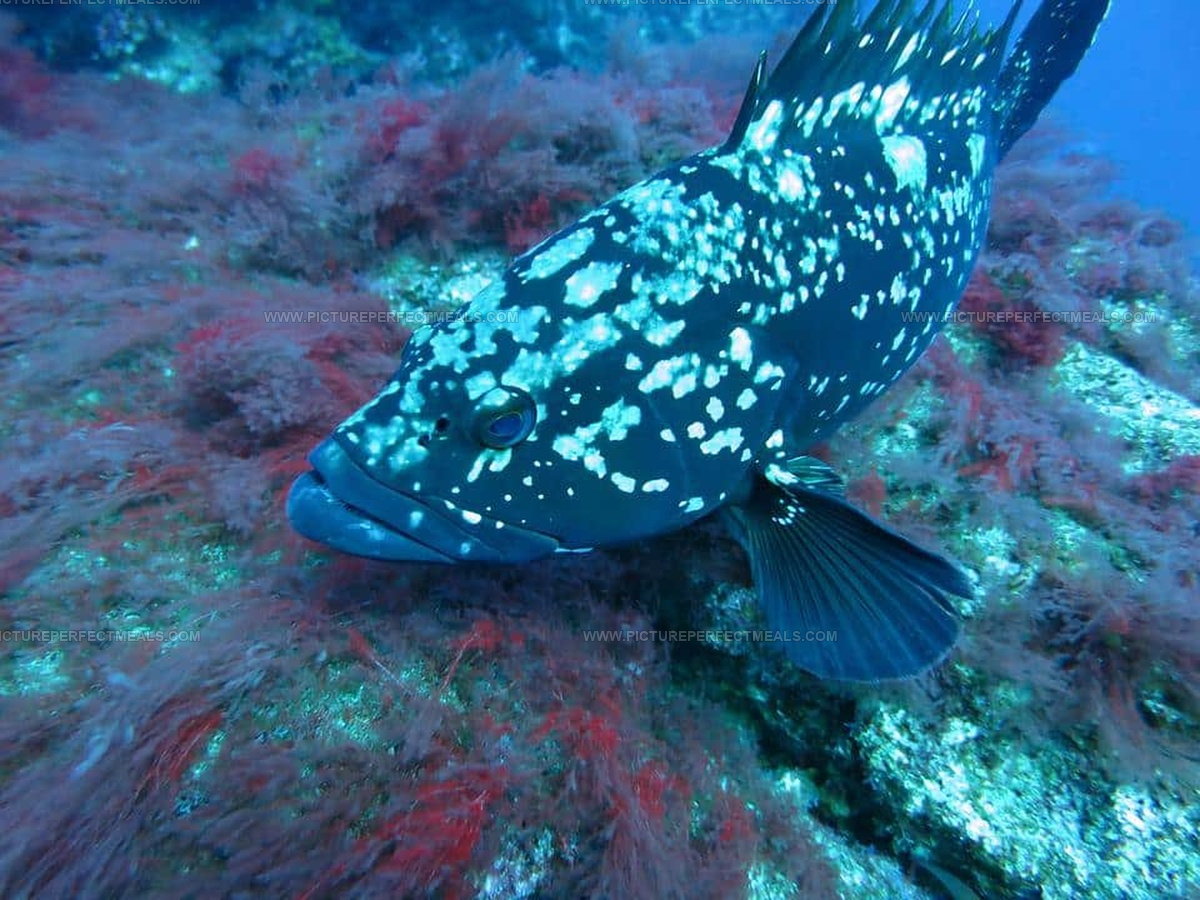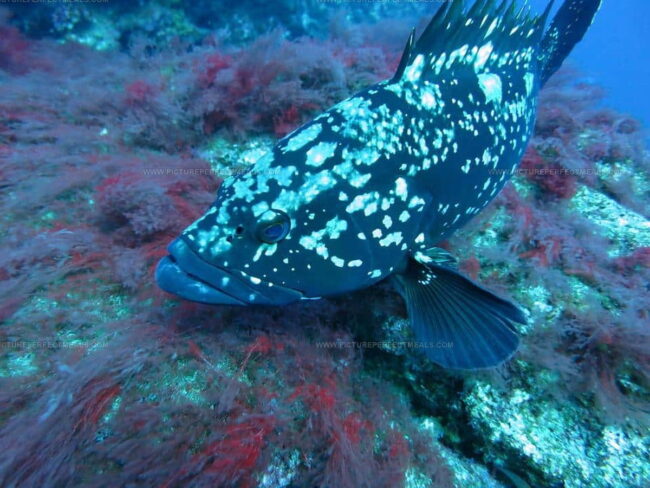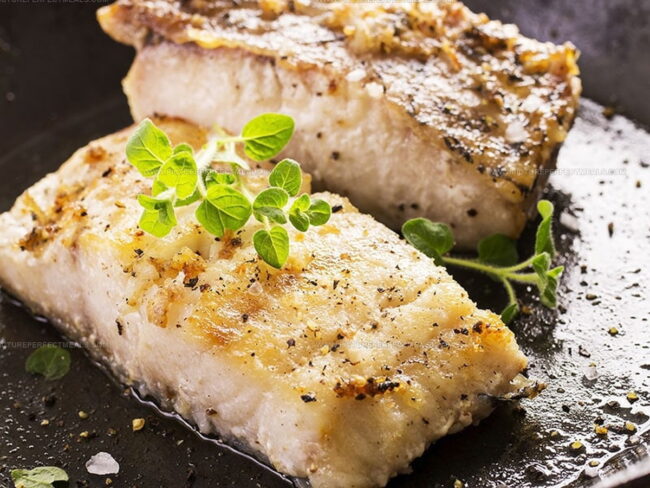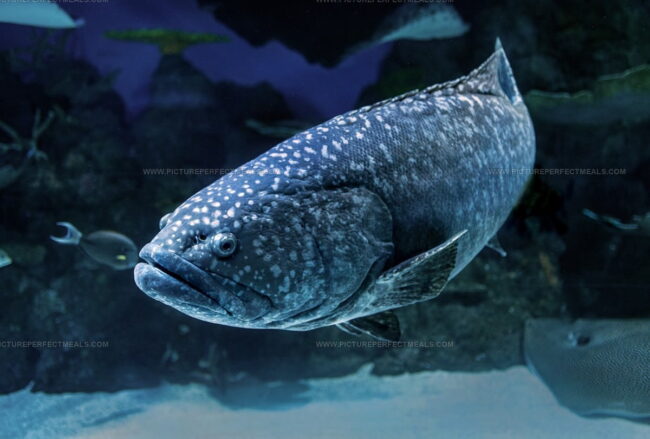What Does Grouper Taste Like? Find Out Why It’s a Seafood Hit!
Curious seafood enthusiasts often wonder about the unique flavor profile of grouper, a prized catch among marine culinary connoisseurs.
This delectable fish swims through tropical and subtropical waters, catching the attention of both recreational anglers and restaurant chefs.
Mild yet distinctive, grouper offers a remarkable eating experience that sets it apart from other seafood options.
Knowing what makes this fish special can transform your next dining adventure or cooking experiment.
Texture plays a crucial role in understanding its appeal, with most people praising its firm, flaky characteristics.
Professional chefs and home cooks alike appreciate grouper's versatility in various cooking methods.
If you want to elevate your seafood knowledge and culinary skills, understanding grouper's taste nuances is the perfect starting point for your gastronomic journey.
What Is Grouper?
Sea fish from the Serranidae group get called groupers.
Fishes in specific ocean families like Mycteroperca and Epinephelus count as groupers too.
Salt waters hold more than 400 different grouper species.
Seafood lovers most often see red and black grouper on their plates.
Swimming near ocean floors makes these fish tricky to find and catch.
Many grouper species reach massive sizes, but Atlantic goliath groupers win for biggest.
Thick, sturdy bodies mean these fish move slowly through water.
Taste of Grouper Fish
Grouper stands out as a top contender for the most delicious fish around.
People love its simple, mild taste.
Much like monkfish or flounder, fresh grouper carries a hint of sweetness.
Older fish might lose that special sweet flavor pretty quickly.
Red and black grouper change color when cooking, turning white on the plate.
Fish meat stays firm, similar to red snapper or rockfish.
Softness does not mean less flavor.
Compared to bigger fish types, grouper packs more moisture.
Seafood fans can sample grouper at local restaurants for a tasty experience.
People will notice a mild, slightly oily fish with sweet notes.
Water and oil make the meat soft and juicy.
Cooked grouper looks white and opaque with a solid texture.
Flavor stays milder than cod, making it perfect for those who do not enjoy strong fish tastes.
Types of Grouper Fish
Sea waters host numerous grouper species.
Florida waters showcase three main types: Gag, Red, and Black Grouper.
These ocean swimmers make great meals, but sushi lovers might want to look elsewhere.
Grouper meat carries a special feel when cooked, working well in many different recipes.
People who want sushi can check local markets for multiple fish options that match their taste preferences.
Laughing Grouper
Gag grouper swims through Atlantic Ocean waters with a brownish color.
This fish prefers shallow spots near underwater shipwrecks and rocky coastal areas.
Rocky hideouts and sunken structures serve as perfect homes for these marine creatures.
The Gag Grouper
Fishers often catch this species near rocky shorelines since it likes to hunt around coastal rock formations.
Best success comes from moving boats slowly through areas where gag grouper typically swim and hunt.
Black Grouper
Black grouper swims in similar waters as red grouper, sharing many characteristics.
Color sets these fish apart, with black grouper sporting dark grey or black scales compared to its reddish cousin.
Marine experts can quickly spot the difference by looking at their outer skin tone.
Red Grouper
Red grouper swims through Atlantic waters, sporting a distinctive crimson hue that catches the eye.
Deeper ocean zones suit this fish best, so smart anglers know fishing techniques matter.
Weighted lines help fishers drop bait close to where red grouper hide.
Boat-based fishing methods like chumming can increase chances of a successful catch.
Grouper Goliath
Massive sea giants swim in deep ocean waters, earning their massive reputation.
Large fishing groups track these hefty swimmers in underwater landscapes.
Marine protection efforts now shield these huge fish from complete disappearance.
Catching these big swimmers means carefully returning them to ocean depths after brief encounters.
How to Eat Grouper
Soft, tender meat and juicy inside make grouper perfect for soaking in tasty sauces and cool mixes.
Citrus and oil work great in many cooking plans.
Keeping fish simple often brings out its best taste.
Grouper swims in waters close to sea bass cousins.
Mild meat offers a light and healthy choice for meal lovers.
Delicate pieces mix nicely with fresh garden veggies like red tomatoes, crisp cucumbers, and green basil leaves.
Soaking fish in special juices before cooking helps bring out deeper flavors whether you make it in your kitchen or sit down at a restaurant table.
Can You Eat Grouper Raw?
Sushi experts in the United States do not often work with grouper for their dishes.
Most grouper types suitable for sushi carry dangerous parasites.
These tiny organisms pose health risks when fish stays uncooked.
Parasites can make people sick if not properly handled.
Scamp grouper stands out as a special exception.
Chefs can safely prepare this variety for raw consumption due to its smooth, delicate meat.
People who enjoy fishing for grouper find it both fun and tricky.
Grouper meat tastes great and provides good nutrition when consumed carefully.
Careful seafood lovers should select types that have not been overfished.
Smart seafood choices help protect marine populations while letting you savor delicious fish meals.
With some careful selection, grouper will remain a tasty option for dinner tables in coming years.
Best Cooking Techniques for Grouper
Grouper is a mild, meaty fish that tastes great when cooked the right way. There are a few simple methods that bring out its best flavors and texture:
Grouper is at its best when cooked just until it flakes and stays moist inside. Simple seasonings work well, letting the natural taste of the fish shine.
Grouper Flavor Pairings: Sauces and Sides
Grouper has a gentle, mild taste that goes well with many sauces and side dishes. Picking the right flavors can make your meal more enjoyable and balanced.
Is Grouper Safe to Eat?
Mercury levels in grouper need careful attention, similar to other fish species.
People should limit grouper consumption to twice monthly for adults and once monthly for children.
Choosing grouper remains a nutritious option.
Small servings pack powerful health benefits with just 100 calories and 22 grams of top-quality protein.
Grouper offers a unique taste experience without strong fishy notes.
Its flavor resembles crab, with mild qualities similar to halibut and bass.
Health experts warn about potential mercury risks, so medical consultation becomes crucial before adding this fish to meal plans.
Best Time for Grouper Fishing
Southern parts like Florida offer top grouper fishing from October through December, while most locations allow catching grouper throughout the year.
Northern regions often provide excellent grouper fishing during summer months.
Local fishing guides can help people understand specific fishing conditions.
Contacting professionals near fishing destinations helps anglers learn precise times when grouper are most active and likely to bite.





Jenna Hartley
Founder & Recipe Creator
Expertise
Education
Box Hill Institute, Melbourne
William Angliss Institute, Melbourne
Jenna is the heart of Picture Perfect Meals, turning simple ingredients into beautiful, easy‑to‑make dishes.
Growing up around family meals in Melbourne, she trained at Box Hill Institute and then perfected her pastry skills at William Angliss Institute. She loves mixing classic Australian flavors with fresh ideas to keep cooking fun and stress‑free.